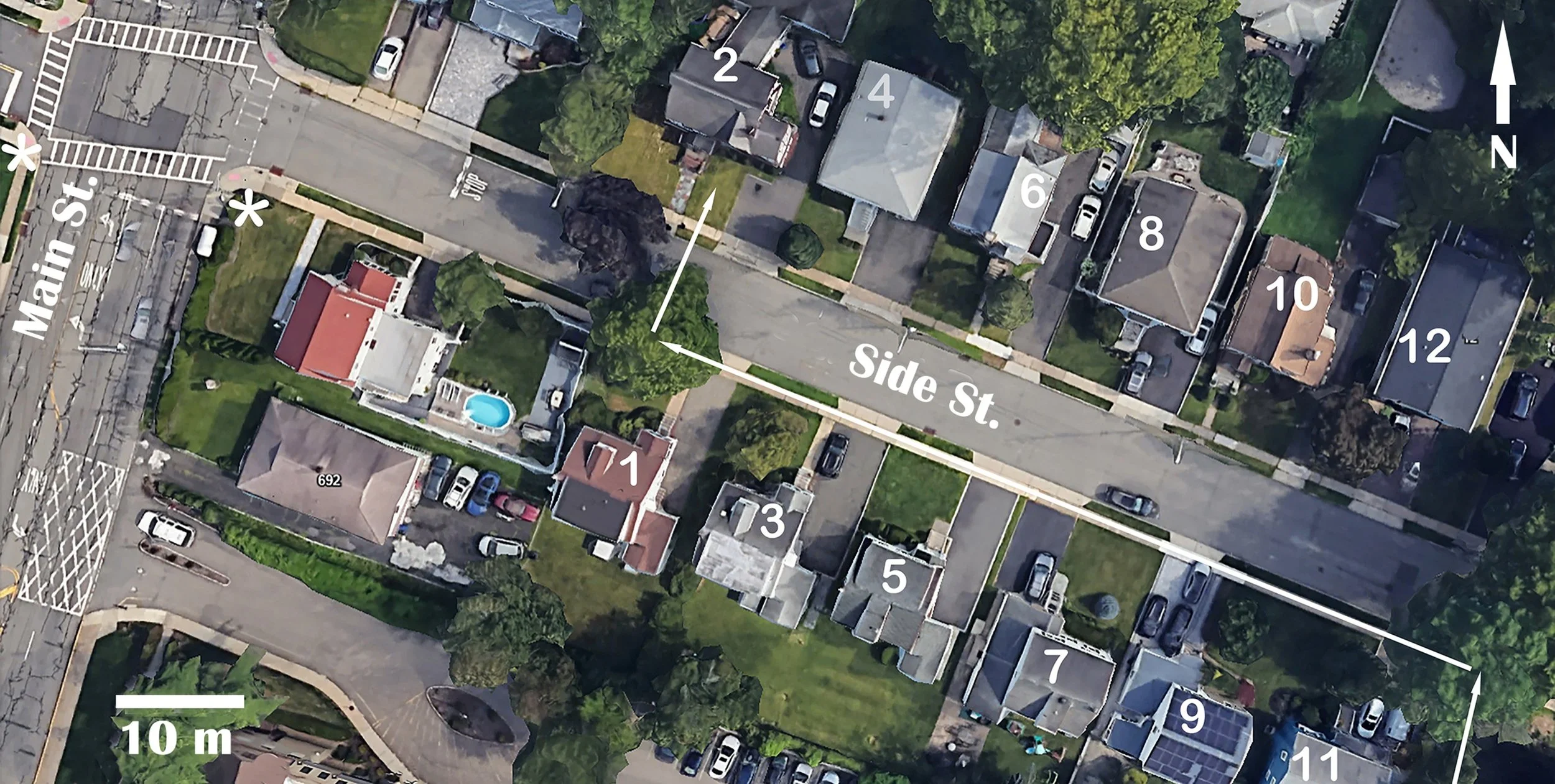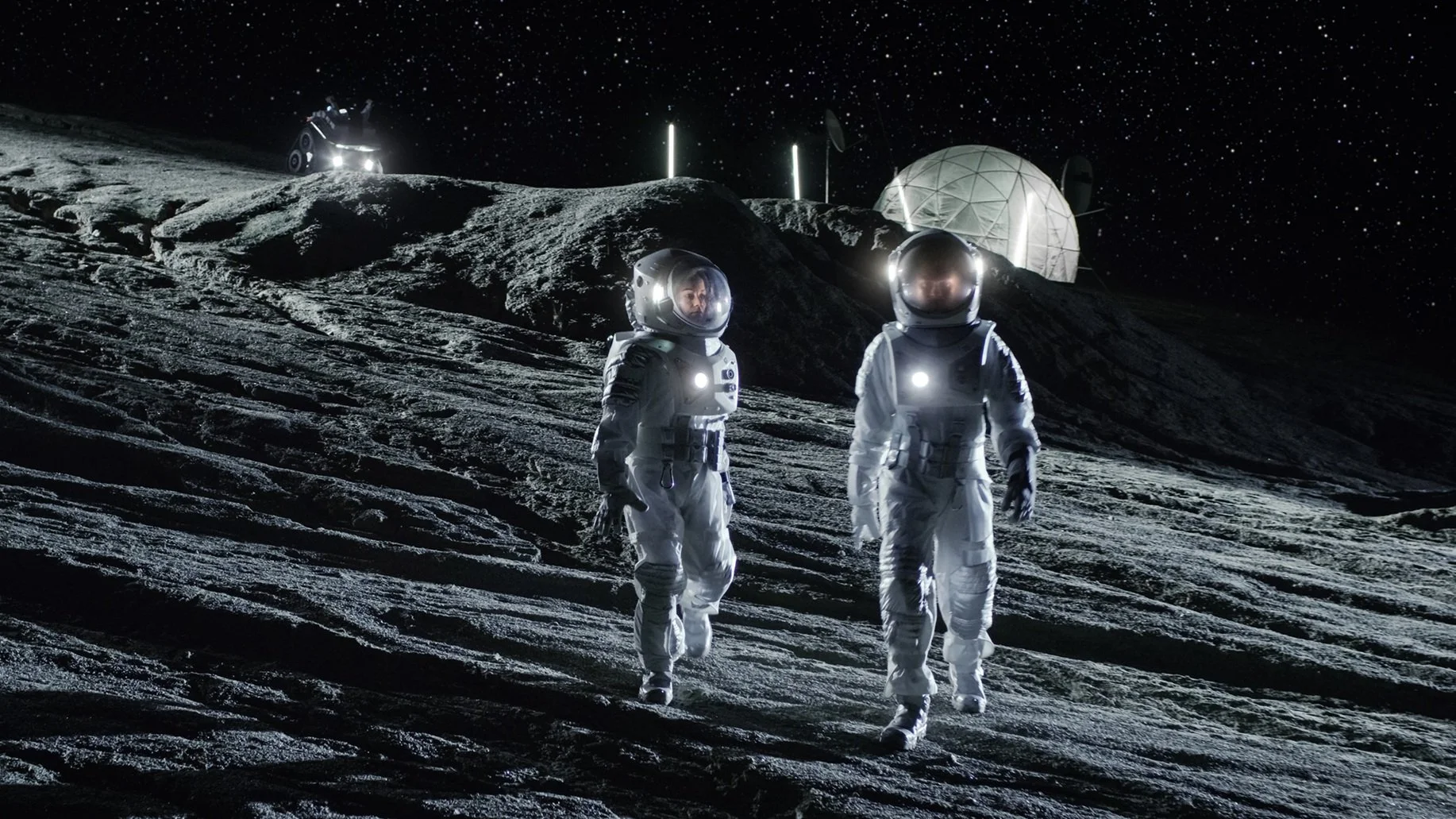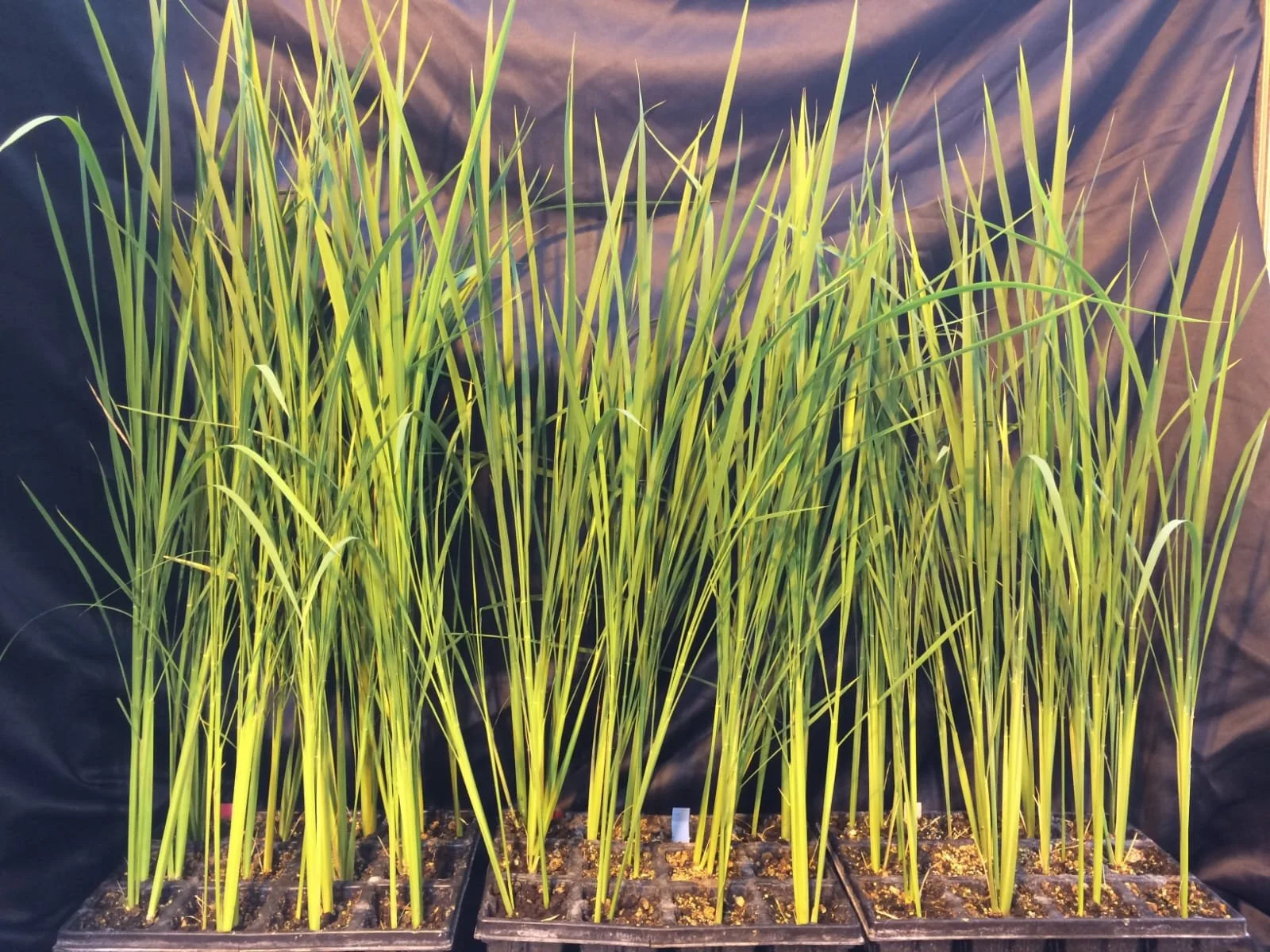Have you ever wondered how animals adapt to urban life, with its traffic jams and busy streets? A fascinating observation by researcher Dr. Vladimir Dinets sheds light on how some birds might not only survive but cleverly take advantage of human activities—particularly traffic.
New: follow us on Bluesky
An Adult Cooper’s hawk - (Credit: Vladimir Dinets)
Buffaloes, Birds, and Busy Streets
Dr. Dinets's interest began many years ago when he heard a curious story about buffaloes in Africa's Ngorongoro Crater. Allegedly, the buffaloes understood the meaning of car turn signals, allowing them to dodge turning vehicles and avoid accidents. Although he never verified this buffalo tale, it sparked his interest in how animals perceive and interact with human-made vehicles.
Indeed, animals often learn to benefit from traffic. Crows, for example, are known to drop nuts onto roads, letting cars crack them open. Birds that eat carrion patrol roads for freshly made roadkill, while smaller birds sometimes use cars as mobile shelters to escape predators.
Hunting at the Pedestrian Crossing
Dr. Dinets's curiosity led him to notice something unusual near his own home in the city. At a quiet intersection, he observed a Cooper’s hawk using a clever hunting strategy tied to the pedestrian crossing signals. When pedestrians pressed the button at the intersection, it caused the traffic to build up and cars to queue along the street. At that moment, a sound signal would activate to indicate it was safe for pedestrians to cross.
Remarkably, the hawk had learned that this sound signal meant the car queue would soon stretch back to a particular small tree, giving the bird perfect cover to launch a surprise attack on small birds feeding near a nearby house. Over time, Dr. Dinets confirmed this was no coincidence: the hawk consistently used this strategy, relying entirely on traffic patterns triggered by pedestrian signals.
City Survival: Smarts Required
This particular hawk, an immature Cooper’s hawk new to urban life, quickly adapted to its environment. It recognized the link between pedestrian signals, traffic buildup, and hunting opportunities. Dr. Dinets later observed the same bird, now an adult, using the same tactic the following winter. When the pedestrian signal malfunctioned and the food source disappeared, the hawk also moved on.
The research area. White arrows show the hawk’s attack route on a flock feeding near house #2. The hawk appeared in the tree by house #11 when sound signals at the intersection (white asterisks) indicated an unusually long red light, then attacked as cars queued up to house #8, allowing it to move unseen to the tree by house #1. - (Image Credit: Dinets, 2025)
Adapting to city life poses immense challenges for wildlife, especially large birds of prey that need live prey to survive. Dr. Dinets’s observation demonstrates that Cooper’s hawks navigate these urban dangers through remarkable intelligence and adaptability.
Next time you're stuck at a red light, look around—you might just spot wildlife cleverly making city life work to their advantage.
If you are interested in reading more about the underlying research be sure to check out the article published in the journal Frontiers in Ethology listed below.
Sources, further reading and more interesting articles:
Street smarts: a remarkable adaptation in a city-wintering raptor - (Frontiers in Ethology)
Too busy to follow science news during the week? - Consider subscribing to our (free) newsletter - (Universal-Sci Weekly) - and get the 5 most interesting science articles of the week in your inbox
FEATURED ARTICLES:








